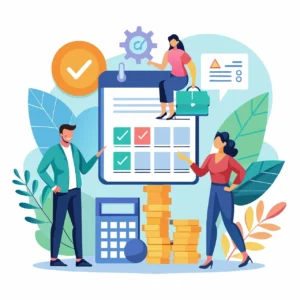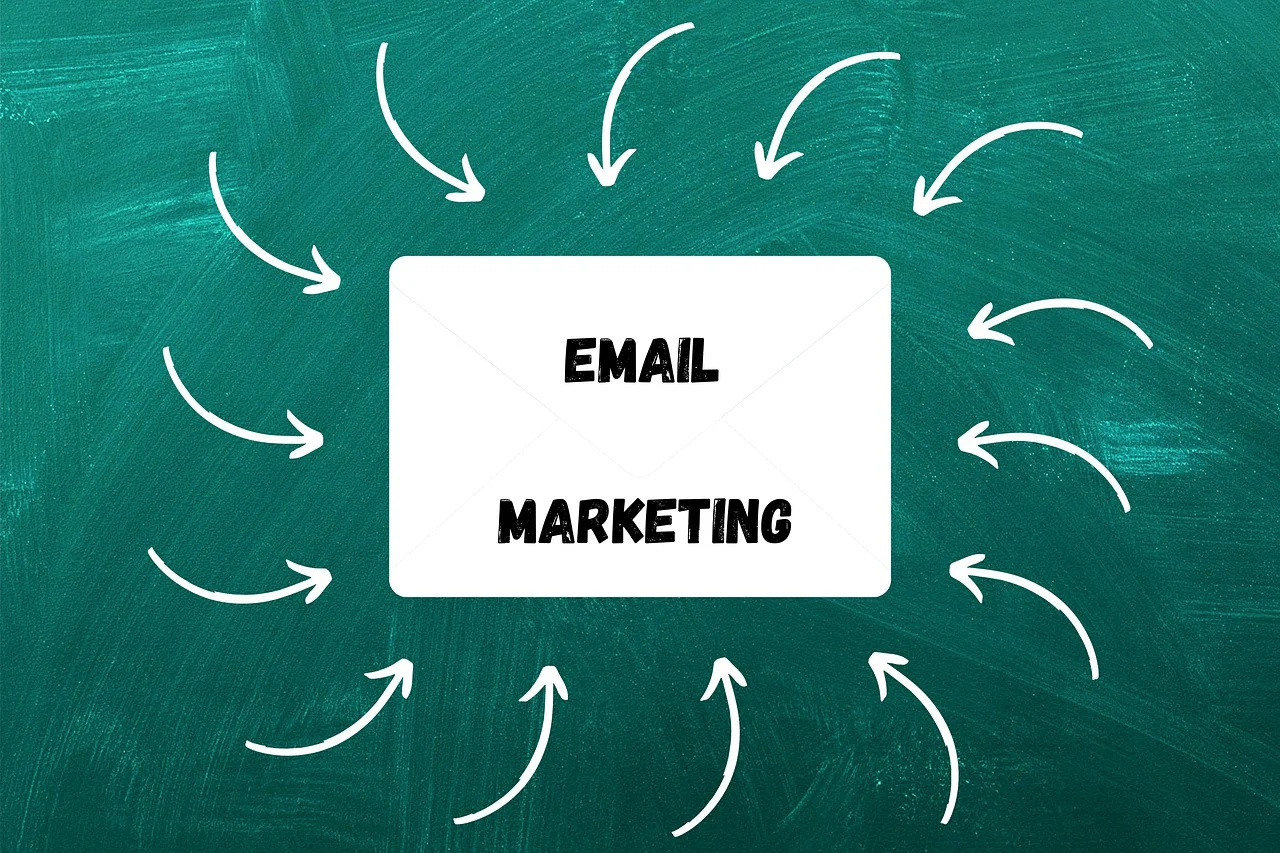Why internet business is life changing is an exciting but demanding endeavor. Before taking the entrepreneurial leap, it’s crucial to understand why you’re doing it. Building a business from scratch involves challenges, sacrifices, and immense responsibility, but it can also lead to unparalleled freedom, fulfillment, and success. Let’s explore the importance of your “Why” and how it shapes your journey to building a thriving online business.
The First Step: Ask Yourself “Why?”
Before diving into the complexities of starting your internet business, pause and reflect: Why are you starting this business? This foundational question sets the stage for everything that follows. You’re likely leaving behind the comfort of a steady paycheck to venture into the unknown, where you’ll invest countless hours of hard work, problem-solving, and dedication.
The Realities of Why Building an Internet Business is Life Changing
Starting an internet business is one of the most transformative decisions you can make. It’s an exciting journey full of potential, but it also comes with its own set of challenges. One of the key reasons why building an internet business is life changing is because it requires commitment, sacrifice, and resilience—traits that shape your path to success. Whether it’s working long hours, overcoming setbacks, or staying focused through moments of doubt, understanding why internet business is life changing will keep you on track toward your goals.
In this article, we’ll explore the realities of building an internet business, why knowing your “Why” is essential, and how this guiding principle can shape every decision you make. With examples and actionable steps, you’ll gain clarity on why starting an online business can ultimately lead to freedom, fulfillment, and financial independence.
The Commitment Behind Building an Internet Business
The first reality to consider when building an internet business is the level of commitment it requires. Success in the online space doesn’t happen overnight. While it’s true that you can start an online business with a smaller investment compared to traditional brick-and-mortar businesses, it still takes significant time and effort to build momentum.
Commitment :
Expect months or even years of hard work before you see substantial results. You might spend countless hours building your website, creating content, learning digital marketing strategies, and refining your offerings. Every aspect of your business will demand your full attention, often during late nights or early mornings. Your commitment to your business will be tested time and again, but the ultimate reward is worth the effort.
Example:
Sarah, an aspiring online clothing retailer, spent two years working on her e-commerce store while holding down a full-time job. She spent late nights perfecting her product descriptions, learning how to market her store online, and building relationships with suppliers. Although success didn’t come quickly, her persistence and commitment eventually paid off. After two years, she achieved her goal of generating a full-time income from her online store, and she now enjoys the flexibility to work on her own terms.
The Sacrifice of Building an Internet Business
Starting an internet business isn’t all about freedom and flexibility. It also involves significant sacrifice. As an entrepreneur, you’ll often find yourself choosing work over leisure. There will be days when you have to forgo spending time with friends and family or skip a vacation to meet deadlines or push your business forward.
Sacrifice:
The journey of building a business often means prioritizing work over personal enjoyment in the short term to secure long-term gains. It may also require financial sacrifices, such as reinvesting profits into the business or even cutting back on personal expenses to fund growth. Understanding why internet business is life changing helps you stay focused on the bigger picture and the eventual rewards of your hard work.
Example:
John, a father of two, launched his own digital marketing consultancy after years of working in the corporate world. He faced many sacrifices along the way, including working weekends and evenings to grow his client base. There were times when he had to miss family events or delay vacations. However, after three years of hard work, he achieved his goal of being his own boss. Now, he enjoys the freedom to spend more time with his family and work from anywhere.
The Resilience Needed to Succeed
Perhaps one of the most life-changing aspects of building an internet business is the resilience you must develop. The road to success is rarely smooth, and there will be numerous setbacks along the way. You’ll face failures, rejections, and times when your business seems like it’s not moving forward. But it’s how you respond to these challenges that will ultimately determine your success.
Resilience:
The ability to bounce back from failure and continue moving forward is crucial. Entrepreneurship is about solving problems, adapting to change, and persevering through tough times. Those who succeed in the online business world are the ones who embrace failure as a learning opportunity and keep pushing forward.
Example:
Laura, who started a subscription box service for beauty products, faced several early setbacks. Her first marketing campaign failed miserably, and she struggled to get customers to sign up. Instead of giving up, she analyzed the mistakes, adjusted her strategy, and tried again. After six months of perseverance, her business gained traction, and she now has a loyal customer base. Her journey is a testament to the power of resilience and determination.
Your “Why” Shapes Every Decision You Make
One of the most important things to understand about building an internet business is that your “Why” shapes every decision you make. Your “Why” is the driving force behind your business—it provides clarity, direction, and motivation, especially when things get tough. Understanding why internet business is life changing allows you to make decisions that align with your goals and values.
How Your “Why” Affects Your Business Structure
Your “Why” isn’t just a motivational phrase; it influences the very structure and operations of your business. Here’s how understanding your “Why” helps you build a business that aligns with your personal and professional goals:
Escaping the 9-to-5 : If your primary reason for starting an internet business is to escape the traditional 9-to-5 grind and work from home, your business should be designed around flexibility. Avoid business models that require office space, a large team, or rigid schedules.
- Example: If your “Why” is to work from home, consider a freelance business model or an e-commerce store that can be managed remotely.
Mastering Your Own Domain : If you’re motivated by independence and the desire to create something of your own, focus on business models that don’t require external funding or reliance on venture capital. This allows you to retain control and maintain your creative vision.
- Example: A solo entrepreneur creating digital courses or starting a blog can maintain full control over the business and content creation process.
Freedom of Time : If flexibility in your schedule is your priority, choose a business model that doesn’t demand 24/7 availability. Look for options that allow you to set your own hours and take breaks when needed.
- Example: An online coaching business offers the flexibility to work with clients according to your own schedule, allowing for more personal time.
Financial Independence : If your “Why” is to replace a full-time income or achieve financial independence, ensure your business model can realistically generate enough revenue to meet your financial needs.
- Example: An e-commerce store selling high-ticket items or a service-based business offering high-value packages can help achieve financial independence faster than lower-profit-margin models.
My Personal “Why” and How It Changed My Life
For me, starting an internet business was all about taking control of my future. I wanted the freedom to work on my own terms, make a significant income, and have the ability to create value for others. My goals were clear:
- Generate a six-figure income to support my family and contribute to charitable causes.
- Achieve the freedom to spend mornings with my son and be more present in my community.
- Travel the world without needing anyone’s permission.
These goals provided me with clarity and motivation, especially during the difficult years of building my business. When setbacks arose, I reminded myself of my “Why,” and it kept me going. Today, I enjoy the freedom and stability my internet business has provided, and I continue to pursue new challenges with a clear sense of purpose.
Staying Focused on Your “Why”
The entrepreneurial journey is long and challenging, but maintaining focus on your “Why” can make all the difference. To stay on track and ensure your business aligns with your goals, follow these practical steps:
Write Down Your “Why” : Write down why you’re starting your business. This simple act helps you clarify your vision and keeps your goals in mind. Complete this sentence: “I am starting my business so I can…”
Identify Constraints : Acknowledge any constraints, such as time, money, or skills, that could impact your ability to grow your business. Knowing your limitations allows you to plan more effectively.
Anticipate Future Questions : As your business grows, you’ll encounter new questions. Use your “Why” to guide your answers. When making decisions, ask yourself, “Does this align with my long-term goals?”
Revisit Your “Why” Regularly : Set aside time to revisit your “Why.” When facing tough decisions or setbacks, remind yourself why you started. This will reignite your motivation and help you stay focused.
Action Steps for Aspiring Entrepreneurs
To get started on your own journey, follow these steps:
Define Your “Why” : Take time to reflect on your motivations and write them down. Your “Why” is the foundation of your business.
Set Goals : Set both short-term and long-term goals that align with your “Why.” Ensure your goals are measurable and achievable.
Create a Plan : Outline your strategy, considering your constraints and available resources. Break down your plan into actionable steps.
Start Small : Launch a minimum viable product (MVP) and refine it based on customer feedback. Don’t wait for perfection—start and improve as you go.
Learn Continuously : Embrace failure as a learning opportunity. The more you learn from your mistakes, the closer you get to success.
Stay Disciplined ; Focus on your goals and avoid distractions. Building a successful internet business requires consistent effort and discipline.
Conclusion

Why internet business is life changing is more than just a statement; it’s a journey that reshapes your life. From the commitment and sacrifice to the resilience required, starting an online business gives you the tools to create the life you desire. By understanding your “Why” and using it as your guiding force, you’ll be better equipped to face the challenges and enjoy the rewards of building a successful internet business.
Whether you’re looking for financial independence, the freedom to work from anywhere, or the ability to create lasting value, the internet offers boundless opportunities. Start by defining your “Why,” set clear goals, and take consistent action. Your online business journey will not only be life-changing for you but also for those you serve along the way.
FAQs About Why Internet Business is Life Changing
Q: What are the main benefits of building an internet business? A: Benefits include financial independence, flexibility, creative freedom, and the ability to work from anywhere.
Q: How do I stay motivated during tough times? A: Reflect on your “Why” and remind yourself of the long-term rewards you’re working towards.
Q: Can I start an internet business while working full-time? A: Yes, many entrepreneurs start as side hustles. Time management and clear priorities are essential.
Q: What common challenges do new internet business owners face? A: Challenges include limited resources, balancing work and personal life, and navigating market competition.
Q: How long does it take to build a successful internet business? A: Success timelines vary, but many entrepreneurs see meaningful progress within 1-3 years of consistent effort.
Why internet business is life changing and lead to transformative journey that requires commitment, sacrifice, and a clear “Why.” By understanding your motivations and aligning your business with your goals, you set yourself up for long-term success. While the road may be challenging, the rewards of financial freedom, personal fulfillment, and independence make it all worthwhile. Start your journey today by defining your “Why” and taking the first steps toward your dream business.































